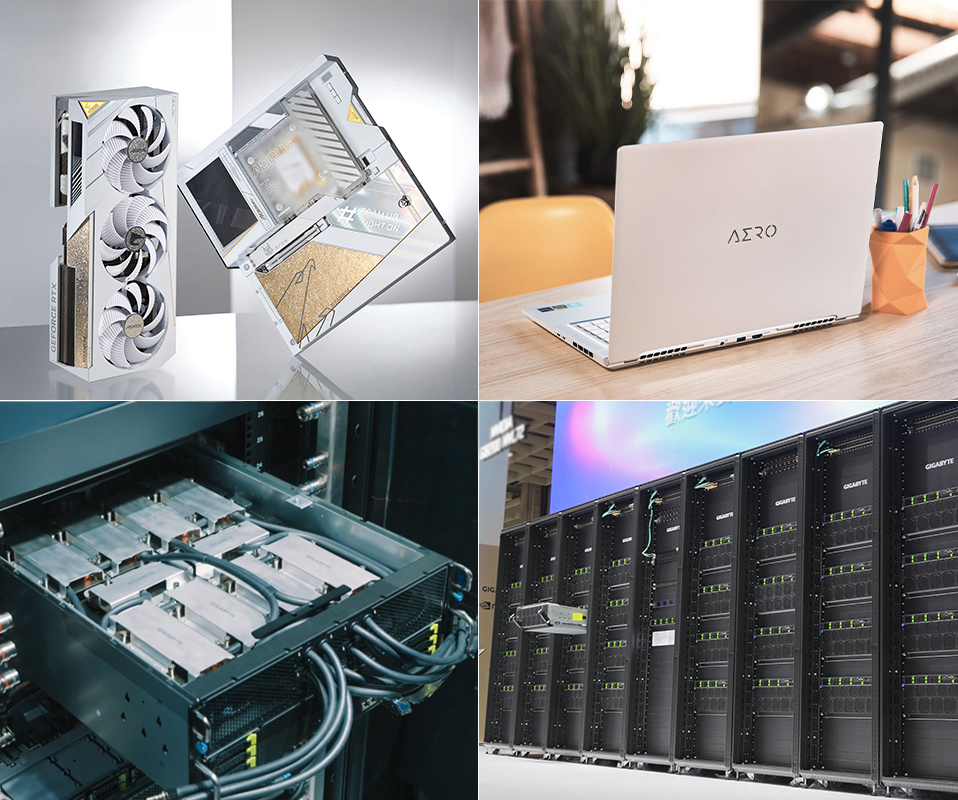
Some users who have purchased Gigabyte-manufactured RTX 50 series graphics cards may have noticed an issue involving thermal paste seepage from the GPU chip. Under normal usage conditions, the thermal compound may leak, contaminating the PCB and, in some cases, potentially leading to cooling inefficiencies for the GPU.
Investigations have revealed that this seepage issue is not confined to specific Gigabyte models, but rather appears across nearly all RTX 50 series cards produced by the company, raising concerns among consumers—particularly gamers—regarding the overall quality of Gigabyte’s graphics cards.
Gigabyte has recently issued an official response, acknowledging the thermal compound seepage but offering neither a recall nor a repair program. The company maintains that the issue does not compromise product quality, GPU performance, stability, or lifespan, and advises users to continue using their cards while monitoring their condition.
Gigabyte explained that it utilizes a specially engineered thermal compound, rather than traditional thermal pads, in its RTX 50 series and AMD RX 9000 series graphics cards. This compound is insulating, malleable, putty-like in texture, and capable of withstanding temperatures up to 150°C without melting.
The thermal paste has undergone rigorous testing and validation by Gigabyte, including drop tests, thermal simulations under extreme conditions, and evaluations of GPU orientation in both vertical and horizontal positions. Its application by automated machinery on production lines aims to minimize human error and ensure optimal contact with uneven component surfaces.
However, Gigabyte admitted that during the early production runs of the RTX 50 series, excessive application of thermal paste may have occurred, leading to seepage during normal use. In response, the company has since adjusted its production process to apply a reduced amount of thermal compound.
For consumers, there is currently no remedial action available. Although Gigabyte acknowledges the seepage issue, it insists that it does not affect GPU performance or longevity, framing it as a cosmetic flaw rather than a functional defect. Consequently, no recall or repair program has been initiated.
It is worth noting that the original complaint surfaced from a South Korean user who had installed their GPU vertically using an adapter bracket—an installation that may have exacerbated the seepage issue. Under normal horizontal use, gravity would likely make such seepage less common.
Users are advised to continue monitoring their GPUs for signs of seepage. Should instability, degraded performance, or elevated temperatures occur, users should cease usage and contact Gigabyte customer support. Excessive loss of thermal compound from the GPU die could impair cooling efficiency and, thus, should not be overlooked.
NVIDIA recently released a graphics driver that inadvertently caused GPUs to fail in detecting temperatures and fan speeds properly. This issue stems entirely from NVIDIA’s software, not hardware faults. Users are urged to update to the 576.15 Hotfix driver to resolve this problem. Some users, unaware of the driver issue, even resorted to dismantling and cleaning their GPUs in vain before realizing the root cause lay in the faulty driver.


